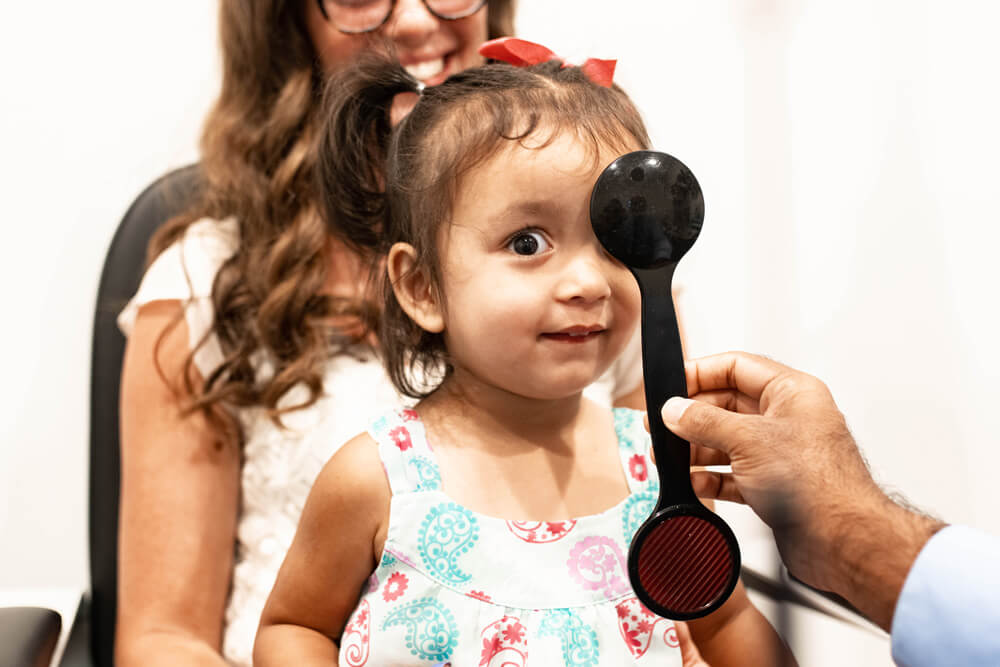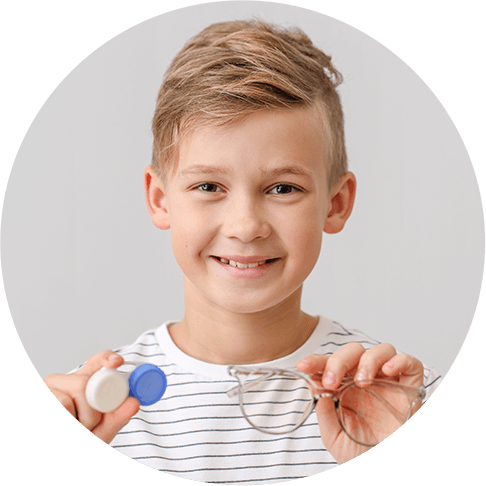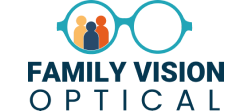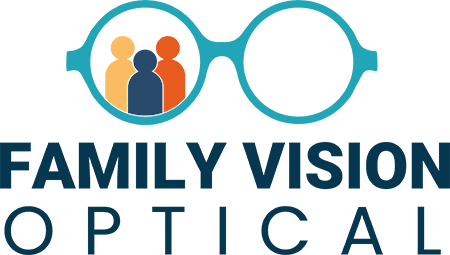Pediatric Eye Exams in Allendale, MI

Optimizing Your Child’s Vision for a Brighter Tomorrow
At Family Vision Optical, we’re in the business of inspiring hope in our patients, especially our youngest ones. Poor vision can affect a child’s development, which is why we’ve designed our pediatric eye exams as the foundation of excellent eye health. Our kids eye exams are a fun and simple way to help keep your child seeing clearly.




Why Choose Family Vision Optical for Your Child’s Pediatric Eye Exams?
When you choose Family Vision Optical for your child’s pediatric eye exams, you’ll experience the difference a family-owned and operated practice can provide. Our commitment to core values like care, quality, expertise, and timeliness is evident in every aspect of our service. We offer child-safe technology, friendly doctors, and age-specific eye exams and care, ensuring a comfortable and effective experience for your little ones. Our dedication to excellence in pediatric eye care, combined with our general commitment to all patients, makes us the ideal choice for safeguarding your family’s vision health.

